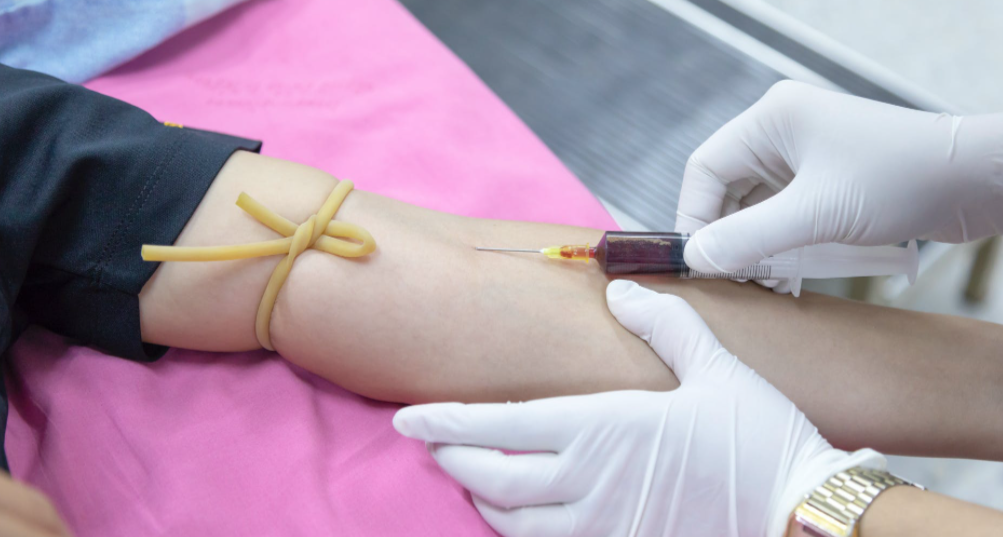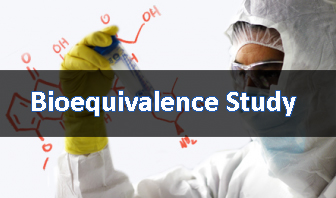
If you are all set to move to Canada but have still not got approval from the CIC medical panel, all your effort and time invested in the entire application process can go to waste. So, to get a clean chit from the medical panel, one has to ensure that he is adopting a healthy routine and a balanced diet to avoid unforeseeable ailments.
One such ailment seen in most people is hypercholesterolemia or dyslipidemia. As the word suggests, it is the condition of high cholesterol level in the blood due to an unhealthy diet and may lead to coronary artery disease if left unattended. It also makes the individual more susceptible to the threat of heart stroke or attack. This is because, with the cholesterol level of blood rising at an alarming rate, it starts getting deposited on the walls of the blood vessels in the form of plaque.
The over deposition of plaque leads to thinning of the blood vessels and as a result, sufficient blood could not flow through these vessels. In addition to that, the presence of triglyceride in the blood can cause clotting leading to the formation of lumps in the blood, thus further reducing the rate of blood flow within the vessels. This ultimately makes the person prone to the risk of heart attack or heart stroke.
After analyzing the ill effects of excessive cholesterol level on your health, it’s time to ponder upon the question of why initially blood cholesterol level rises. Generally, high triglyceride or cholesterol levels are seen in people who are either alcohol addicts, overweight or suffering from diabetes. Ordinarily, the liver produces 80% of the cholesterol in the body, whereas the other 20% is obtained from dietary sources.
It is this 20% cholesterol which can be categorized into good cholesterol or HDL (High-Density Lipoprotein) and bad cholesterol or LDL (Low-Density Lipoprotein). Surprised to see that even cholesterol can be good or bad. Wait till you find out some more interesting facts about cholesterol and the regulations implemented by CIC medical panel to keep a tab on it.

High cholesterol level is an issue that requires immediate attention. Though everyone out there is equally prone to the risk of raised cholesterol levels in their blood, some people are more likely to get affected as compared to others. For instance, women who have reached the stage of menopause and are above 50 years of age are more likely to have increased cholesterol levels in the blood. Similarly, men in the age group of 40+ are more prone to the risk.
Apart from that, people who are overweight, or are smoking and alcohol addicts also face the danger of increased cholesterol level in blood. Also, people suffering from several diseases such as hypertension, diabetes, and coronary artery disease are more likely to have raised blood cholesterol levels. Therefore, while applying for a medical permit to visit Canada, these people should be especially cautious about the rules and regulations followed by the CIC medical panel.


